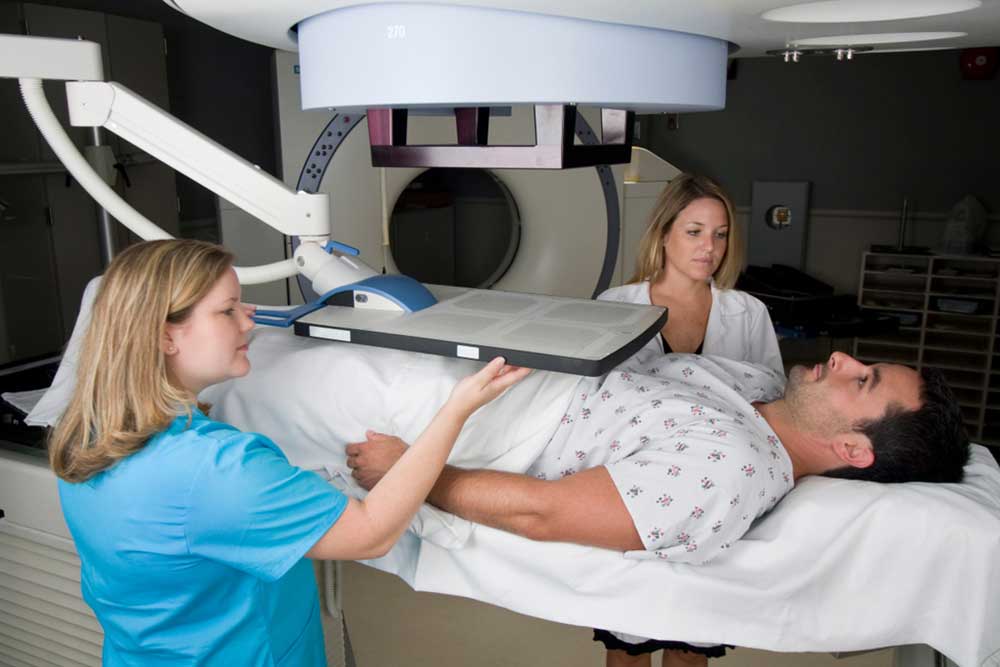Understanding Causes and Detection Methods for Colorectal Cancer
This article provides an in-depth overview of the causes, risk factors, and diagnostic techniques for colorectal cancer. It emphasizes early detection and outlines various procedures used to identify the disease. The importance of tailored treatment options for different stages is highlighted, along with the significance of consulting medical professionals for effective management.

Colorectal cancer, commonly known as bowel cancer, impacts both the colon and rectum. It ranks among the most prevalent cancers affecting men and women equally. This disease begins in the intestinal lining, where polyps and small tumors can develop, some of which may become malignant over time.
While many polyps are benign, research indicates that those originating within glandular tissues of the intestinal lining can become precancerous. Without intervention, these polyps may progress to metastatic cancer, spreading to lymph nodes, organs, and bloodstream.
The size of polyps influences cancer risk; polyps smaller than a centimeter have about a 1% chance of becoming malignant, whereas larger ones exceeding two centimeters are more likely to turn cancerous. Early detection and treatment are crucial when tumors are localized to prevent spread, which can involve metastasis beyond the bowel walls.
Several risk factors contribute to colorectal cancer development, including:
Underlying abdominal conditions: Diseases like Crohn’s and ulcerative colitis can lead to tumor and polyp formation, elevating cancer risk.
Genetic predispositions: Hereditary syndromes such as Familial Adenomatous Polyposis (FAP), Gardner’s syndrome, MYH-associated polyps, and Cowden’s disease increase susceptibility.
Dietary factors: Diets high in fats and overcooked meats may promote early carcinogenic changes in the colon.
Chemical exposure: Prolonged contact with chemicals like chlorine and asbestos can trigger polyp growth and potential malignancy.
Family history: Having relatives with colorectal cancer raises individual risk levels.
Lifestyle choices, including smoking and alcohol consumption, also play significant roles in increasing risk.
Early diagnosis through various procedures is vital for effective treatment. The main diagnostic methods include:
Stool DNA test: Detects cancerous DNA shed into stool, providing high accuracy for identifying malignant mutations.
Fecal occult blood test: Checks stool samples for hidden blood, aiding in further diagnostic steps.
Barium enema X-ray: Uses a contrast dye to visualize the colon's interior, revealing polyps or tumors.
Flexible sigmoidoscopy: Examines the rectum and sigmoid colon with a flexible tube to detect abnormal growths.
CT colonography: A less invasive imaging technique providing detailed visualization for high-risk patients.
Colonoscopy: Allows direct inspection of the entire colon and rectum, with biopsy and removal of suspicious growths for analysis.
Following diagnosis, treatment options are tailored to the cancer stage. Advanced medications like Erbitux or Cyramza may be prescribed for metastatic cases. Consulting an oncologist is essential to determine the best course of action and manage symptoms effectively.
Disclaimer: Our blog offers a broad overview based on research but should not replace professional medical advice. For accurate diagnosis and treatment, please consult healthcare professionals. The site aims to inform but cannot guarantee complete accuracy or cover all available treatment options.










